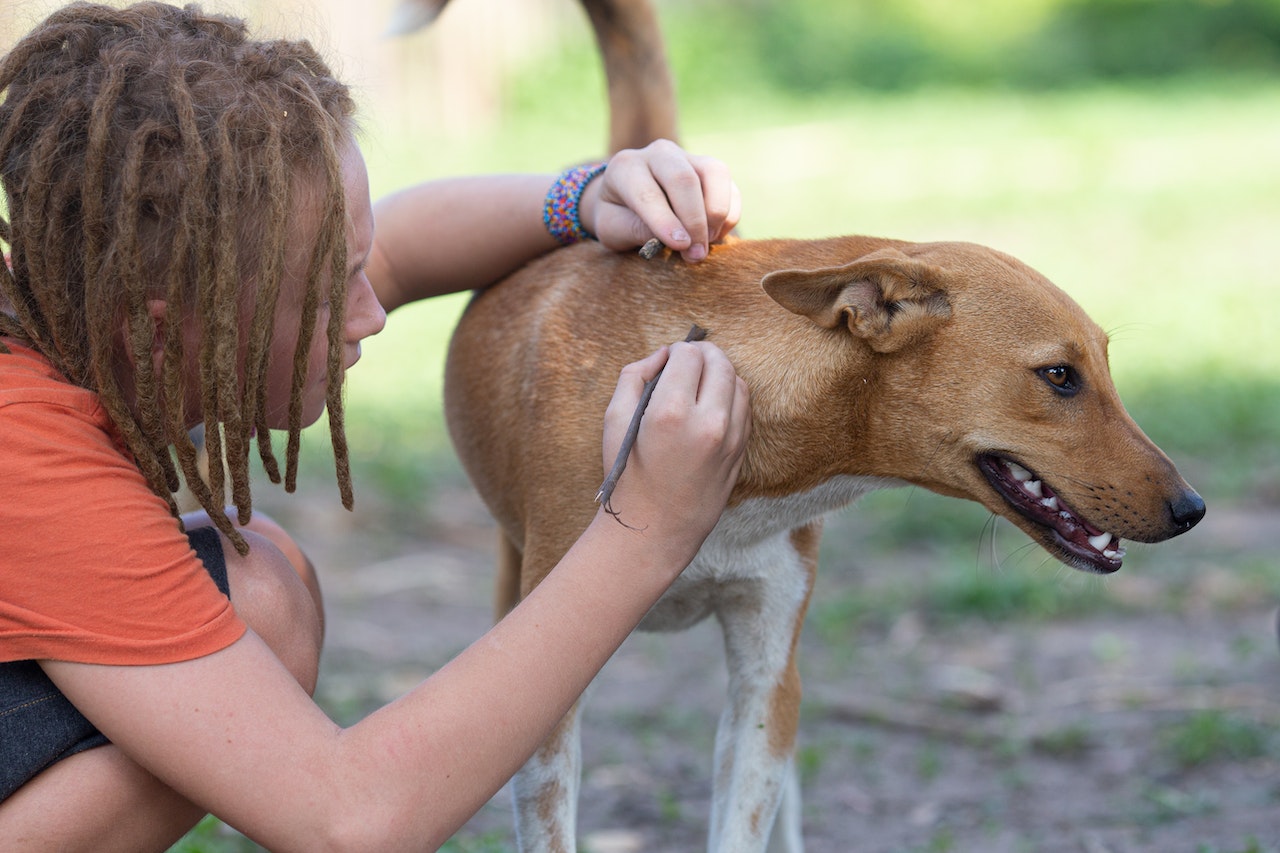
Can Dogs Get Rashes?
Do you ever wonder why your pup is itching and scratching more than usual? Chances are, they may be suffering from a skin condition called rashes. While most pet owners know that dogs can suffer from allergies that cause itchiness, not many people understand the conditions related to rashes or how to spot them. In this blog post, we'll look in-depth at symptoms and provide helpful tips on preventing and treating these outbreaks if necessary. Read on to learn more about this common pet malady.
Related: How to Relieve Dog Itching After Grooming
Let’s Explore: Can Dogs Get Rashes?
Dog owners may be concerned about whether their pets can get a rash or other skin conditions. The answer is yes; dogs can get rashes and other skin conditions. Dogs' sensitive skin can react to allergens, parasites, and the environment. Dog owners should pay close attention to their pet's skin and look for any changes to diagnose and treat the rash properly. Several types of rashes can affect dogs. Let's take a look at some of the most common types.
1: Hot Spots-
Hot spots, also known as acute moist Dermatitis, are red and inflamed areas that can occur suddenly. They are often caused by an allergic reaction to something in the environment or skin irritation due to scratching or licking. Hot spots can become uncomfortable for dogs, leading to further skin issues and coat problems if not treated properly.
2: Allergic Dermatitis-
Allergic Dermatitis is an allergic reaction to something in the environment that causes red, itchy patches on the skin. This type of rash can be caused by contact with certain plants, fleas, dust mites, and molds. Allergic Dermatitis can be challenging to diagnose and treat, so pet owners should seek veterinary care if their dog exhibits symptoms of this condition.
3: Mange-
Mange is an inflammatory skin disease caused by mites that burrow into the skin and irritate. There are two types of mange: Demodectic and Sarcoptic. Both types can cause extreme itching, redness, hair loss, and inflamed skin.
4: Yeast Infections-
Dogs can also get yeast infections on their skin. Yeast infections often appear red, itchy patches with a greasy or waxy build-up. These rashes are usually caused by an overgrowth of yeast on the skin due to allergies, weak immune systems, or other environmental factors.
Do you want to keep your dog’s coat shiny and their skin healthy? Gou Gou Pets has a line of natural skin and coat care products for dogs of all breeds.

What Are the Symptoms of a Dog Rash?
A dog rash is a skin condition that is characterized by inflammation or irritation of the skin. The most common signs and symptoms of a dog rash include the following:
1: Redness and Inflammation of the Skin-
The skin may become red and inflamed, which can be itchy, painful, or even scaly. The rash may appear in one area of the body or spread over a larger area.
2: Hair Loss-
You may notice patches of fur missing on your dog's body if they have a rash. This is because the inflammation can cause the hair follicles to become damaged and stop growing.
3: Scabs and Sores-
You may also see scabs or sores on your dog's skin if they have a rash. These can be red, dry, or even crusty in appearance.
4: Oozing or Crusty Discharge-
You may also see a yellowish, green, or even black discharge from the affected areas. This is because the skin becomes irritated and inflamed, which can cause it to weep fluid.
5: Itching or Swelling-
Your dog may start to scratch the affected area, which can cause further irritation. You may also see areas of skin that are swollen due to inflammation.
Related: Reasons Your Dog May Have a Bad Odor
How Can You Treat a Dog Rash?
Treating dog rashes can be tricky, but it doesn't have to be complicated. Let's look at the steps you can take to help your pup feel better and get the relief they need.
1: Identify the Rash-
The first step in treating a dog's rash is to identify what kind of rash it is. Common types of rashes that affect dogs include contact dermatitis (caused by an allergic reaction to certain substances), folliculitis (inflammation of the hair follicles), and erythema (redness of the skin). You must recognize what kind of rash your dog has to treat it properly.
2: Clean the Area-
Once you have identified the rash, it is important to clean the affected area. Use a gentle soap or antiseptic wash and warm water. Rinse thoroughly and pat dry with a soft towel. Avoid scrubbing harshly, as this may irritate the skin further. Additionally, be sure to use professional nail clippers or a clipper tool to trim down your pet's nails, as long nails can aggravate the rash.

3: Apply a Topical Ointment-
After cleaning the rash, apply a topical ointment. There are a variety of grooming dog products available specifically for treating dog skin conditions. One of the most effective products for treating a dog's rash is Gou Gou Pets DERMASKIN. This is the perfect solution to keep your pets' skin healthy and rash-free. This Ointment is formulated with natural, clean, antioxidant, herbal, and essential oils to soothe dog skin irritation. It can treat rashes, crusting, scaly skin, skin infections, and allergic reactions. Plus it is free of any chemical ingredients or artificial synthetic materials, sulfates, and cruelty-free. With its easy-to-use and no greasy residue, you can be sure that DermaSkin Ointment will keep your pet's skin at its best. Get yours today and protect your pet from skin irritation.
Does your dog need skin care due to scratching and itching-related trauma? Gou Gou Pets has a line of Trauma Wound Care products that can help soothe the skin and encourage healing.
4: Make Dietary Changes -
Dietary changes can sometimes help reduce skin inflammation and promote healing. Some dog foods contain allergenic ingredients that can aggravate skin conditions. Avoid any food items that may be causing your pet's rash, and opt for a diet high in omega-3 fatty acids, which can help soothe the skin. Additionally, adding probiotics to the diet can help strengthen your dog's immune system, which can help prevent and treat skin rashes.
By taking the time to identify the type of rash your dog has properly and following the above steps, you can help reduce or eliminate your pet's discomfort. You can help keep your pet comfortable and healthy with the right approach by using professional nail clippers for dogs. Get yours today and protect your pet from skin irritation.
Share
